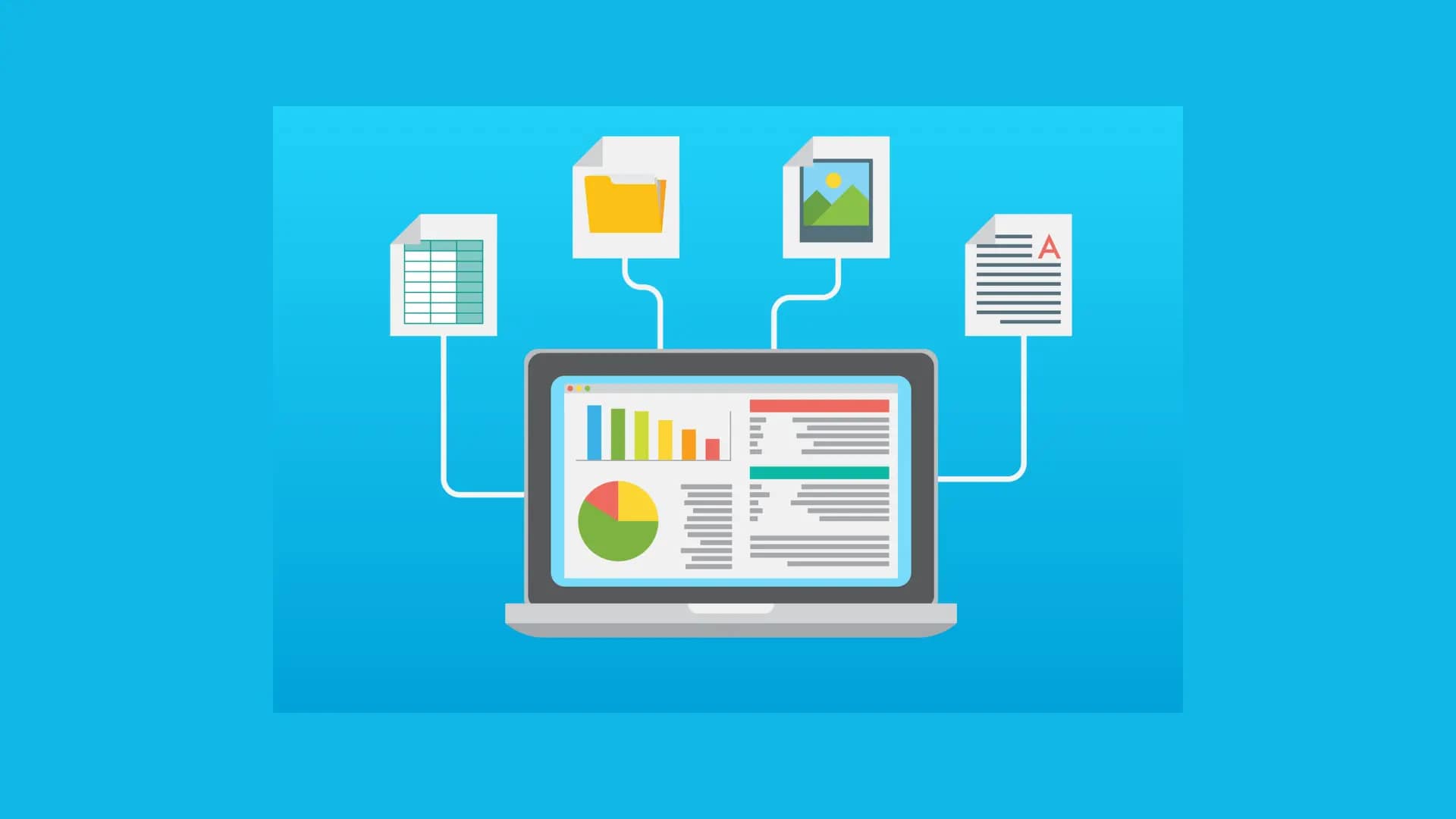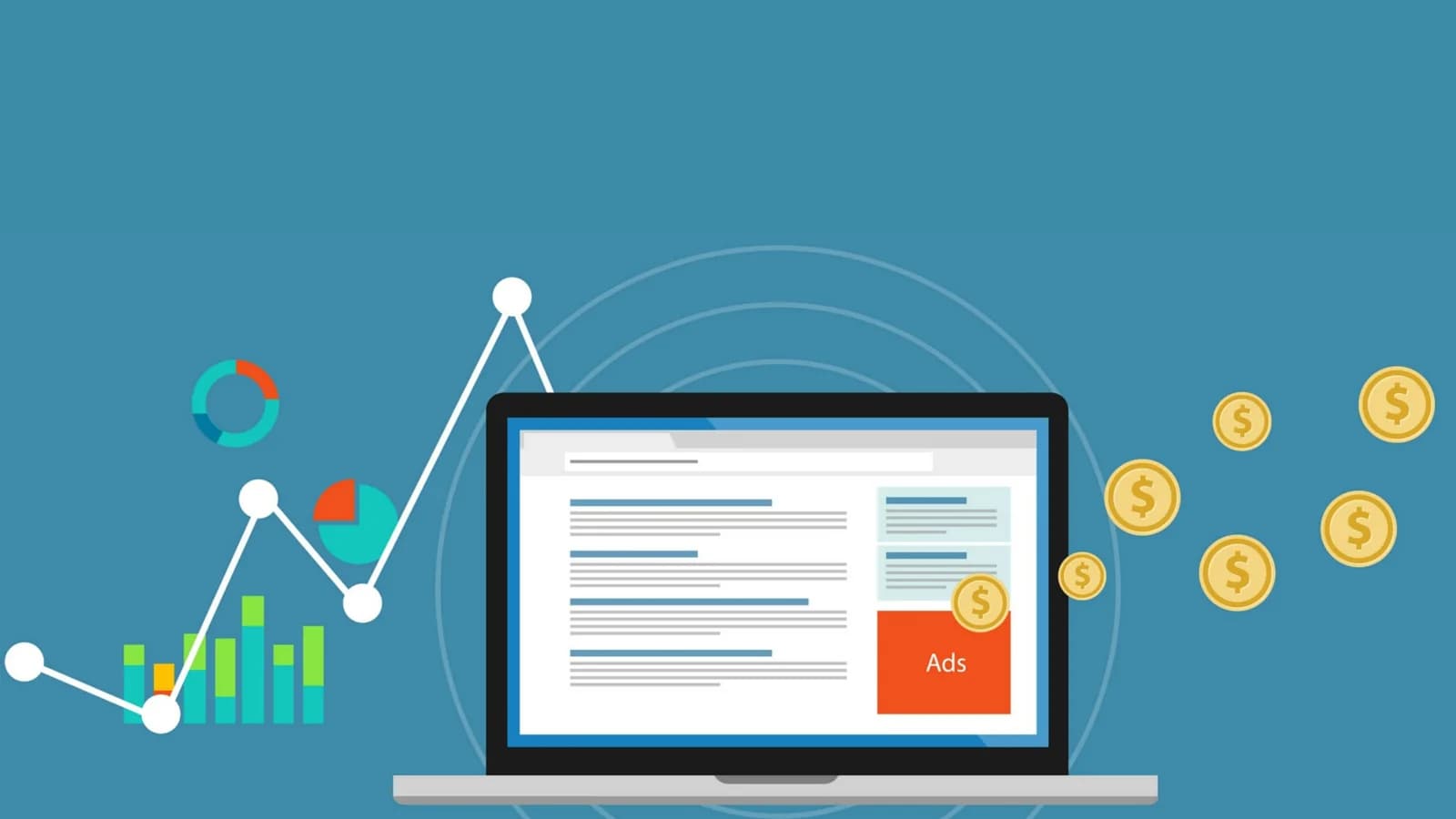Buy Popunder Traffic to Boost Your Campaigns
A clear, actionable guide to buy popunder traffic, launch fast, and scale safely in 2025
Learn MoreWhat is popunder traffic?
Popunder traffic is the stream of visits generated by popunder ads—an ad format that appears under the active tab and is usually seen when the user finishes their current task.
In plain terms: a popunder ad is opened by a user gesture, loads your landing in the background, and doesn't block the view.
Compared to pop-ups, popunders are less interruptive and often cheaper per impression, which is why many performance teams still use them for quick testing.

Can I start today? (Quick launch checklist)
- Goal & budget: plan from target CPA with popunder CPM as the baseline.
- Suppliers: pick 2–3 reliable popunder networks to buy popunder traffic.
- GEOs: start with 3–5 countries you can localize.
- Tracking: configure S2S postback; confirm costs and conversions match.
- Targeting: GEO + device/OS/browser + connection + dayparting.
- Frequency: begin 1–2 per 24h; increase only on proven sources.
- Bids: start near floor; adjust after meaningful data.
- Landing: fast, localized, single clear CTA.
Week-1 cadence: launch small → verify tracking → cut weak zones → raise bids/caps only on winners.
Popunders in 2025: Are they still worth it?
Yes — when matched with the right offer and setup. 2025 overviews point to three things:
- popunders still have scale and low entry costs
- they're simpler to launch than many formats
- they remain effective when you respect user experience
Popunder ads work when your funnel is fast, localized, and supported by sane caps and source-level optimization.

How do popunders actually work?
User gesture
A page runs a small script; after a real click/tap, a popunder ad opens behind the active tab.
Landing loads & tracking
Pass a zone/source ID and a click ID; fire an S2S postback on conversion.
Cap frequency
Keep exposure reasonable with frequency capping (e.g., 4 popunders in 2 hours).
Where should I buy popunder traffic?
Pick a popunder network for reliability first, price second.
Model & budget
Most buyers buy popunder traffic on CPM; plan tests from target CPA and expected CPM.
Supply fit
Match GEOs/verticals and ensure source-level stats are available.
Targeting & tracking
Standard controls + S2S postback for accurate attribution.

Which verticals and GEOs work in 2025?
For popunder traffic in affiliate marketing, evergreen niches include: Dating, Gambling, Betting, E-commerce, Finance, Sweepstakes, Apps & Utilities, Smartlinks.
Mobile popunder traffic is available at scale (including iOS). Build landings that load quickly on 3G/4G.
Use a small starter list based on current performance snapshots but treat it as directional.
Join Us
GEOs Recommendations
Top Performing GEOs
- USA
- Indonesia
- Japan
- Bangladesh
- Ecuador
- Peru
Starter Strategy
Start with 3–5 GEOs you can localize (language, currency, payments), then expand by data.
How do I launch my first campaign the right way?
Offer & GEO check
Pick a simple, fast funnel. Confirm the offer allows popunder ads and your target countries.
Pricing & budget
Most buyers buy popunder traffic on CPM; back into a test budget from your target CPA.
Tracking first
Pass a click ID and zone/source ID; fire an S2S postback on conversion.
Targeting
Start with GEO, device/OS/browser, connection/carrier, and dayparting.
Bids
Begin near the floor; don't chase top position early.
Frequency capping
Start conservative (e.g., 1–2 per 24h), raise only on proven segments.
How do I optimize and scale without burning budget?
Frequency as a dial
Increase caps gradually on winning zones; reduce if bounce or complaints rise.
Source management
Whitelist zones that beat CPA for several days; pause zones with spend and no conversions.
Bid logic
Bid up on segments consistently below target CPA; bid down where spend exceeds thresholds.
Automation
Simple rules help: pause a zone if spend > X with 0 conv.
Data windows
Make calls only after enough impressions and a fair spend to avoid random noise.
How much should I spend? (14-day test plan)
Days 1-3
Launch small across 2–3 suppliers and 3–5 GEOs.
Verify postback and cost sync before touching bids or caps.
Days 4-7
Cut zones with spend and no conversions.
Test a second landing or headline.
Raise bids only on sources beating CPA.
Days 8-14
Whitelist top popunder traffic sources.
Consider a modest frequency increase on proven sources.
Expand to an adjacent GEO or device segment.
What are the risks and how do I stay compliant?
Quality concerns
Treat unrealistically low CPM or unlimited volume promises with caution.
User experience
Keep frequency sane; avoid loops, forced redirects, auto-downloads.
Compliance rules
Confirm allowed GEOs, devices, and vertical rules before launch.
Documentation
Keep a change log for bids, caps, creatives and GEOs.
Conclusion
You now know what is popunder traffic, how popunder ads work, where to buy popunder traffic, and how to keep costs in line with popunder CPM.
The next step is simple: shortlist 2-3 popunder networks with controls and postback, then launch a compact campaign across 3–5 GEOs and optimize by source, not by hunch.
Do this, document every change, and scale steadily — not by chasing buy cheap popunder traffic, but by compounding proven segments.
Buy popunder traffic